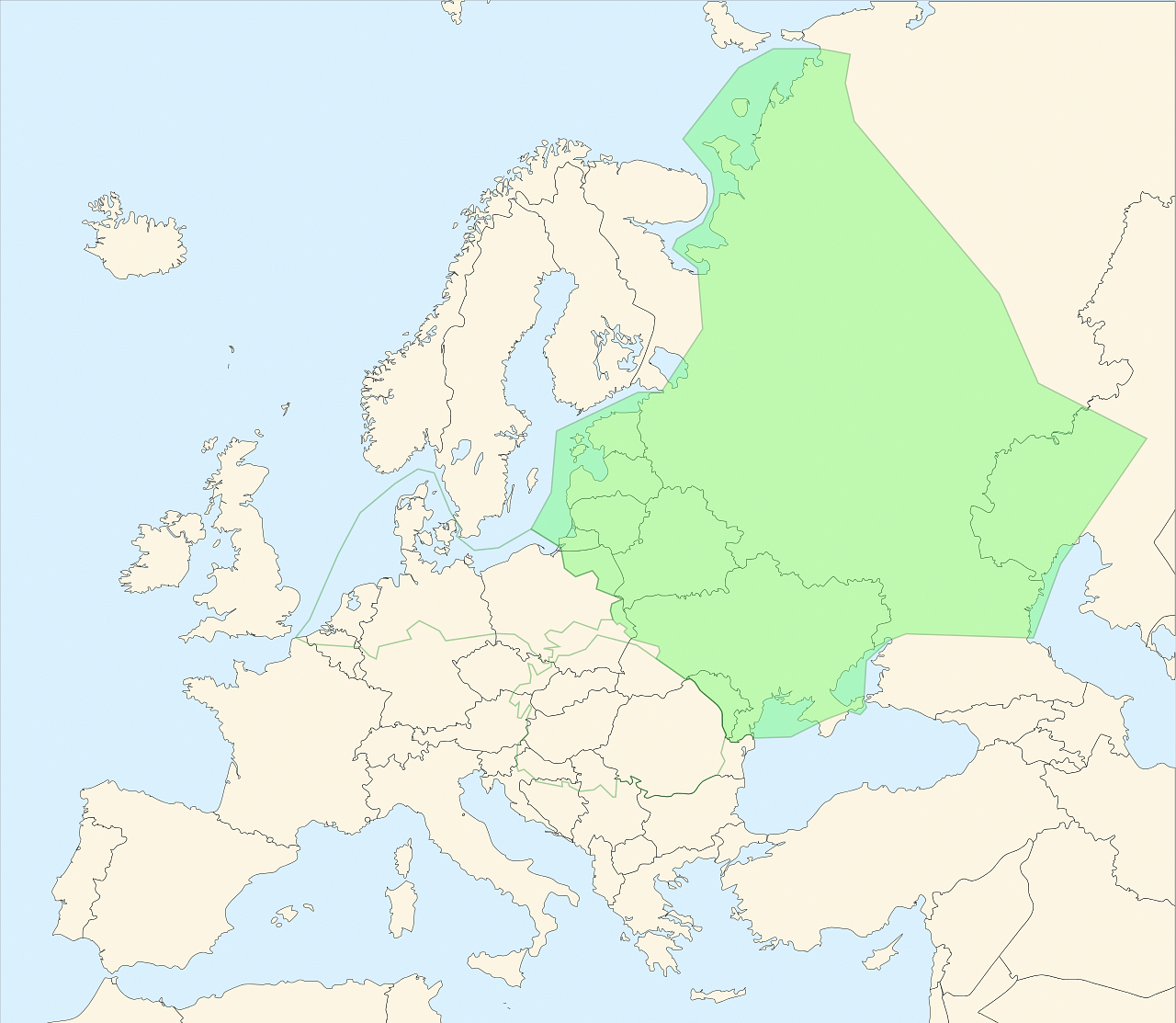Episode 1 of The Russian Empire History Podcast sets the scene for the podcast with a look at the geography and climate of the region where the events of Season 1 will take place.

Wikimaps, creative commons.
The East European Plain is a vast area of lowlands covering the European part of Russia, Ukraine, Belarus, the Baltics and parts of Poland and Romania. As you can see on the map, it runs from Arctic circle down to the Black Sea, encompassing tundra, taiga, lush forest, steppe and near desert. This area was always the most populous part of the Russian Empire, and holds most of the Russian Federation's population today.
Although you might have an image of Russia as cold, full of snow and ice, most of the Russian population living in the European part of Russia enjoys a moderately continental climate benefitting from the warming effects of the Atlantic Ocean with warm or even hot summers.
The steppe is grassland running from Mongolia through to Southern Russia and Ukraine. The climate becomes progressively milder as it moves from East to West, forming a natural funnel that pushed migrating peoples West for thousands of years.

The Great Steppe is shown here as the aquamarine swathe across the center of Eurasia running between the mountains separating north and south Asia to the south and the forest band to the north. The steppe climate becomes progressively milder as you move from east to west, creating a natural gradient that pushed migrating peoples into the south of the Eastern European Plain for centuries.
The Russian Empire will be born in the plain, where the peoples of the northern forests and the southern steppe meet and struggle for control of the great rivers and resources.
Listen to Episode 1.01 - The Plain and the Steppe on the website or on your favourite podcast platform.